Espana Village (스페인마을)
14.2Km 2024-02-16
2677-21 Haeannam-ro, Hwado-myeon, Ganghwa-gun, Incheon
Espana Village is a themed destination established in 2019, embracing a Spanish concept. It meticulously recreates an exotic landscape inspired by Spanish architectural styles and culture. The village houses various cultural facilities, including cafés, live restaurants, galleries, and offers accommodation options such as pensions and caravans. Visitors can relish a leisurely stroll while enjoying panoramic views of the sea surrounding Ganghwado Island.
CheongKwanJang - Geomam Branch [Tax Refund Shop] (정관장 검암)
14.3Km 2024-04-18
Store #103, 488, Seunghak-ro, Seo-gu, Incheon
-
Olive Young - Cheongna Square7 Branch [Tax Refund Shop] (올리브영 청라스퀘어세븐)
14.3Km 2024-04-18
Store #B117, B1 of Square Seven Cheongna, 76, Cheongna ruby-ro, Seo-gu, Incheon
-
Goryeogung Palace Site (고려궁지)
14.3Km 2021-06-01
394, Ganghwa-daero, Ganghwa-gun, Incheon
+82-32-930-7078
Goryeogung Palace Site on Ganghwado Island is the site of the royal palace where the people of the Goryeo dynasty (918-1392) resisted the Mongolian invasion for 39 years. In the 19th year of his reign, King Gojong moved the capital to Ganghwa on account of its natural and strategic advantages. During the Byeongjahoran (Chinese invasion of Korea) in 1637, the palace was lost by force to the Qing dynasty of China. Later, Joseon Dynasty palace building and Ganghwa Yusubu (Ganghwa governor’s office) buildings existed in the Goryeo palace site but were destroyed by the French army during the Byeonginyangyo (French Campaign against Korea). Nowadays, the only structures that remain are the Dongheon main office (built in 1638) and Ibangcheong administration office (built in 1654). The palace and its subsidiary buildings were restored in 1977. It has historical lessons of the spirit of independence and overcoming national crisis.
Incheon Yonggungsa Temple (용궁사 (인천))
14.5Km 2021-11-12
199-1, Unnam-ro, Jung-gu, Incheon
+82-32-746-1361
Yonggungsa Temple is located in the same region as the Incheon International Airport and sits on the northeastern slopes of Baegunsan Mountain. During the Silla Kingdom (about 1,300 years ago), the temple was named ‘Baegunsa’ by King Munmu, in reference to the temple’s mountain home. During the Joseon dynasty, it was the temporary residence of Heungseon Daewongun (1820-1898, a politician and father of King Gojong), who stayed at the temple for 10 years praying for his son to ascend to the throne. When his son was finally crowned king, Heungseon Daewongun rebuilt the temple and changed the name to Yonggungsa.
The temple consists of various buildings such as Gwaneumjeon (re-constructed by Heungseon Daewongun), Yosachae (home of the monks), Chilseonggak, and Yonghwanggak. In Yosachae, the writings of Heungseon Daewongun are hung on the wall and recently, an 11 meter-high statue of Maitreya was put in place. In front of the temple are two 1,300 year-old zelkova trees.
Gimpo Art Village (김포 아트빌리지)
14.6Km 2023-02-06
170, Modamgongwon-ro, Gimpo-si, Gyeonggi-do
Gimpo Art Village features various culture and arts experience sites, an art center exhibition hall where high-quality exhibits can be enjoyed, an outdoor performing stage that can accommodate up to 1,000 people at once, and a traditional play experience ground. The Village also has a traditional hanok stay experience hall, multipurpose hall and practice rooms where art clubs and organizations can engage in creative activities to their heart's content, a VR (virtual reality) experience hall for people of all ages and genders, and many other spaces for culture and arts for citizens to enjoy in the midst of their lives.
Historical background: The Unyang-dong part of Modamsan Mountain where Gimpo Art Village is located is speculated to be the origin of the ancient country of Baekje. Seated before broad plains and Najincheon Stream, the art village also sits in front of Modamsan, the home of numerous Mahan tombs from which a 120-centimeter-long steel sword, crystal jade, and golden earrings, the oldest of its kind unearthed thus far, were once discovered. There have also been many discoveries of settlements from the New Stone Age and Bronze Age as well as dolmens from the Bronze Age so it is believed that a group with a powerful authority had been living in the Modamsan area since ancient times. In the Joseon period, the area became a part of Cheonhyeon-ri and Cheongsudong-ri, Seokhan-myeon. Modamsan is the home of the shrine and grave of Sim Ong, a military vassal from the early Joseon Dynasty who was a second-level meritorious vassal and had the positions of General Jeolchung and later Yeonguijeong, which was given after his death. Also located on the northern riverside of Hangang is Gambawi Rock where Jungbong Jo Heon, a civil vassal from the mid-Joseon period and leader of a righteous army, used to fish to soothe his patriotic sentiments.
Himart - Cheongna Lotte Mart Branch [Tax Refund Shop] (하이마트 청라롯데마트점)
14.6Km 2024-04-18
252, Cheongna canal-ro, Seo-gu, Incheon
-
Lotte Mart - Cheongna Branch [Tax Refund Shop] (롯데마트 청라점)
14.6Km 2024-04-22
252, Cheongna canal-ro, Seo-gu, Incheon
-
Yukgadaepyo - Cheongna Branch (육가대표 청라)
14.7Km 2021-03-30
229-12, Cheongna, canal-ro, Seo-gu, Incheon
+82-32-567-0806
A place where they trim and sell high-quality meat directly. This BBQ restaurant is located in Seo-gu, Incheon. The representative menu is grilled Korean beef chuck flap tail.
Sinsimodo Islands (신시모도 (신도ㆍ시도ㆍ모도))
14.7Km 2025-06-30
Bukdo-myeon, Ongjin-gun, Incheon
Sinsimodo Islands is comprised of the three islands of Sindo, Sido, and Modo. Referred to as brother islands, visitors can explore all three islands in one day on bicycle thanks to bridges that connect the islands together. Attractions on the islands include Gubongsan Mountain, Haedanghwa Dulle-gil Trail, Sugihaebyeon Beach, Baemikkumi Sculpture Park, and more. Gubongsan Mountain, located on Sindo Island, features a forest trail that is easy to walk on, making it easy to enjoy the azaleas and cherry blossoms that bloom each spring. Baemikkumi Sculpture Park, featuring artworks of Lee Ilho before the background of the sea, is especially popular among couples.
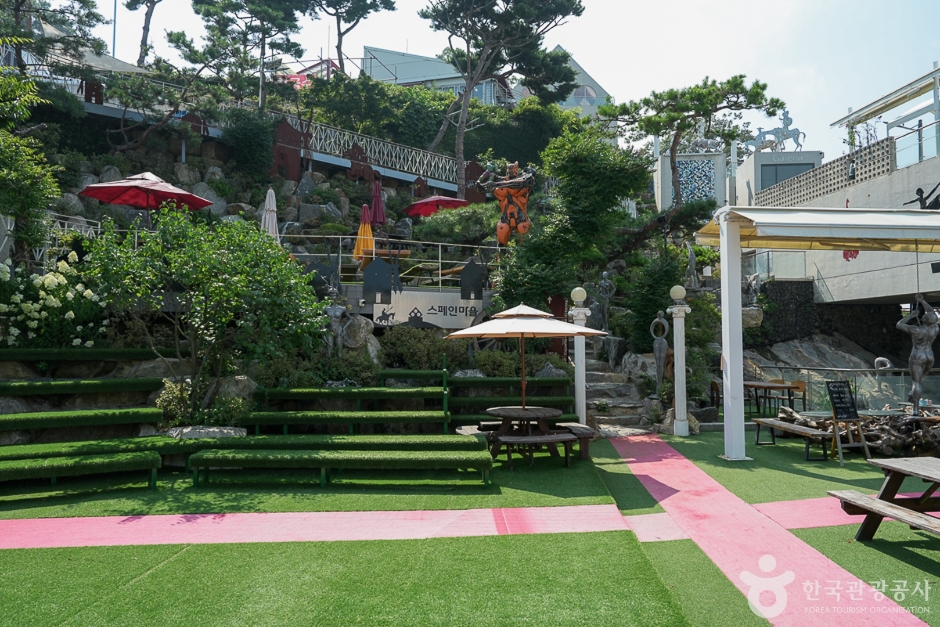
![CheongKwanJang - Geomam Branch [Tax Refund Shop] (정관장 검암)](http://tong.visitkorea.or.kr/cms/resource/04/2882804_image2_1.jpg)
![Olive Young - Cheongna Square7 Branch [Tax Refund Shop] (올리브영 청라스퀘어세븐)](http://tong.visitkorea.or.kr/cms/resource/19/2882819_image2_1.jpg)
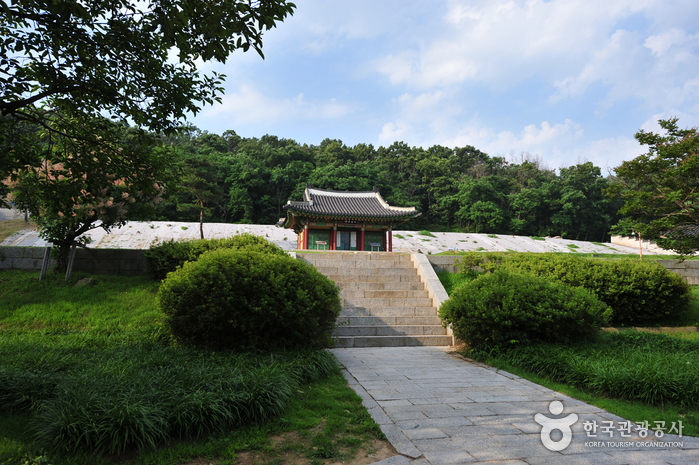
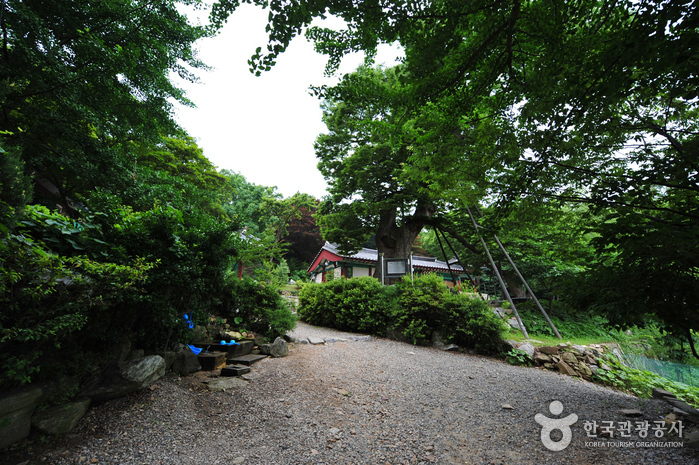

![Himart - Cheongna Lotte Mart Branch [Tax Refund Shop] (하이마트 청라롯데마트점)](http://tong.visitkorea.or.kr/cms/resource/33/2882833_image2_1.jpg)
![Lotte Mart - Cheongna Branch [Tax Refund Shop] (롯데마트 청라점)](http://tong.visitkorea.or.kr/cms/resource/23/2882823_image2_1.jpg)
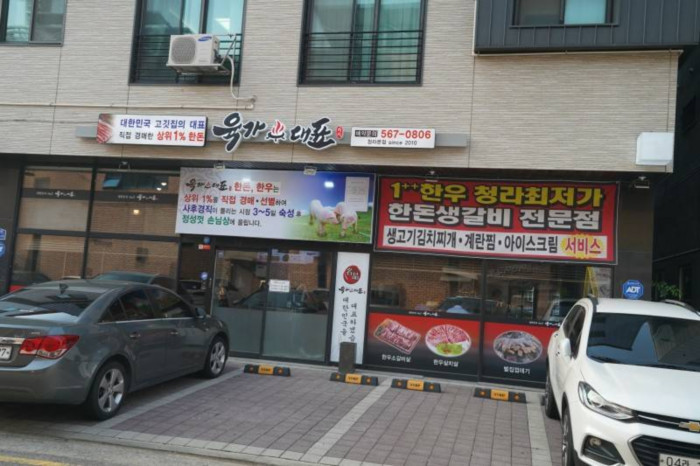
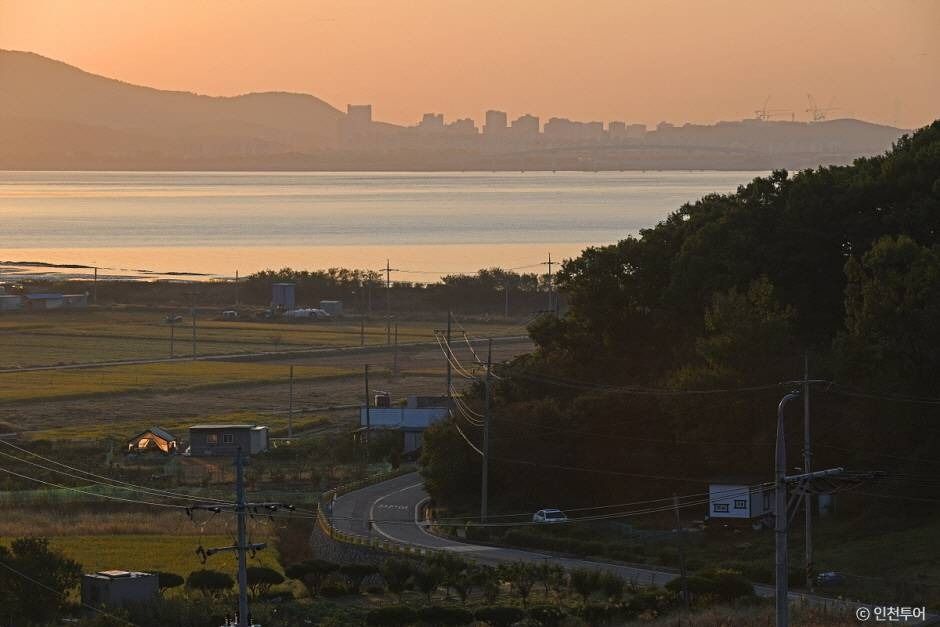
 English
English
 한국어
한국어 日本語
日本語 中文(简体)
中文(简体) Deutsch
Deutsch Français
Français Español
Español Русский
Русский